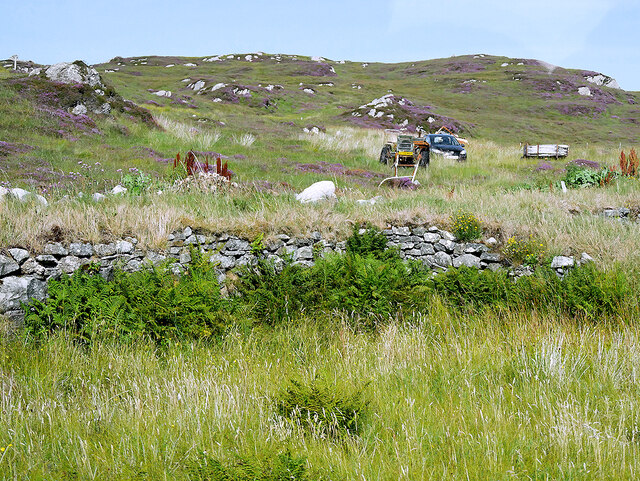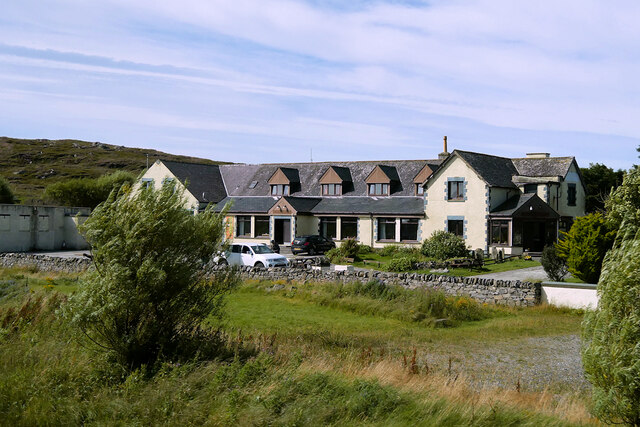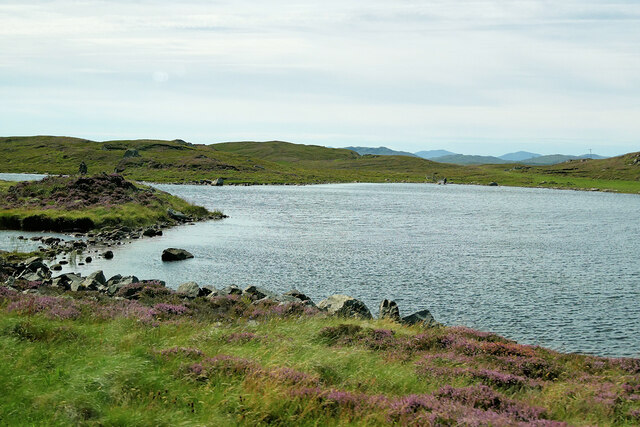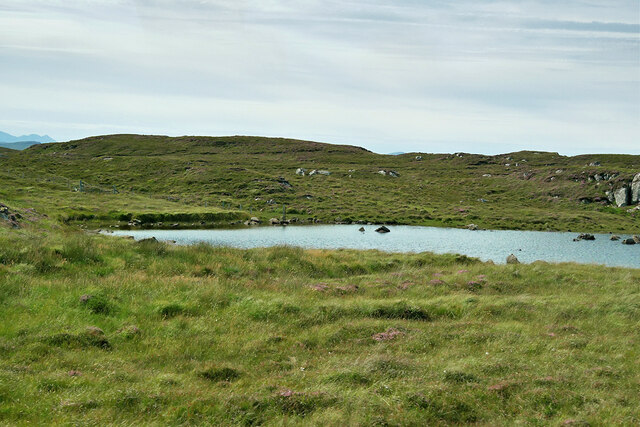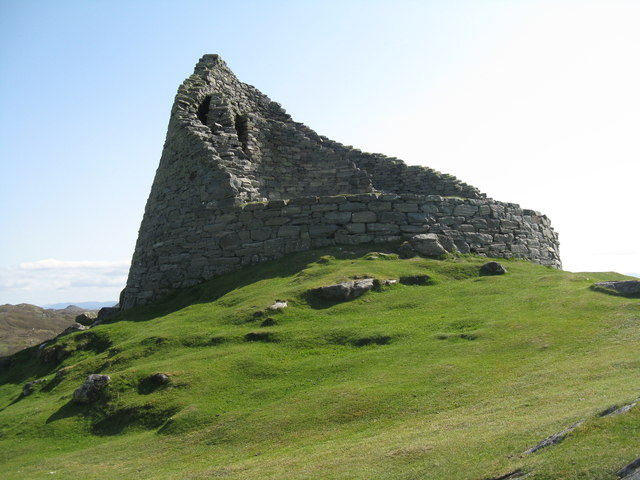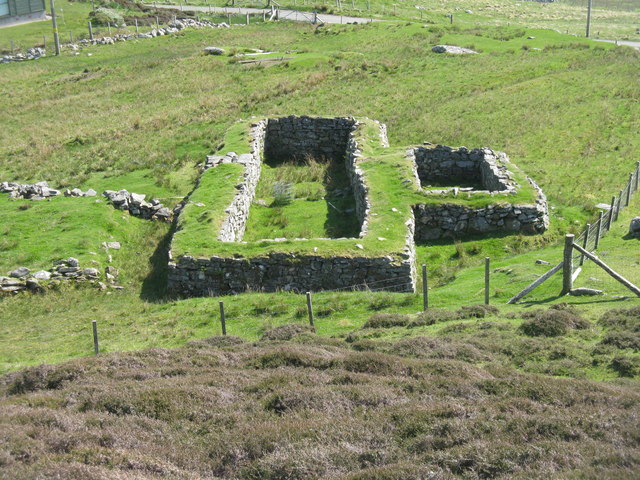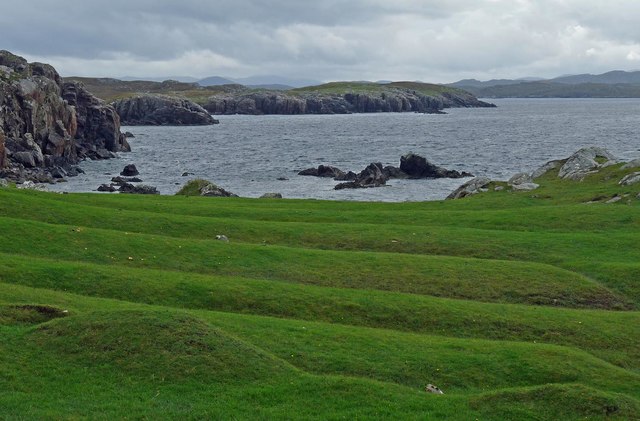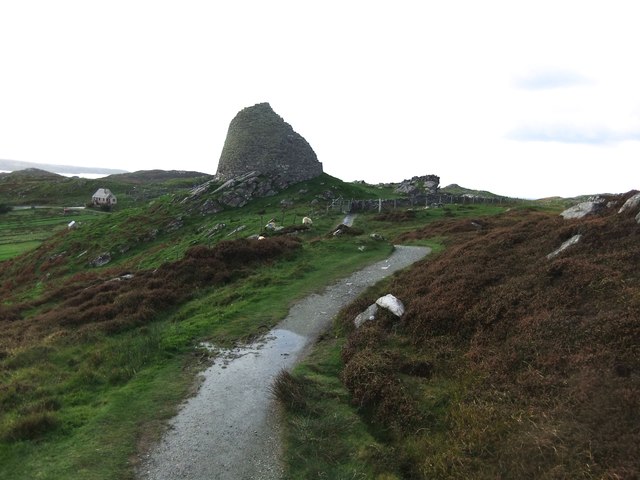Gàusamir Bheag
Coastal Feature, Headland, Point in Ross-shire
Scotland
Gàusamir Bheag
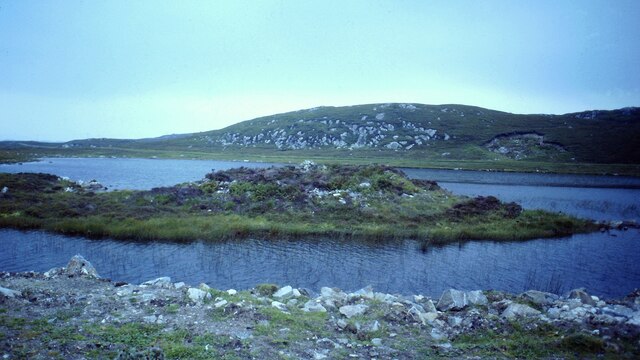
Gàusamir Bheag is a coastal feature located in Ross-shire, Scotland. It is a small headland or point that juts out into the sea, offering breathtaking views of the surrounding landscape. The name Gàusamir Bheag translates to "Little Gooseberry" in English, which may refer to the shape or size of the headland.
Situated along the rugged coastline, Gàusamir Bheag is known for its dramatic cliffs and rock formations. The headland is composed of a mixture of sedimentary rocks, including sandstone and shale, which have been shaped by the forces of erosion over millions of years. This geological diversity makes Gàusamir Bheag a fascinating location for geologists and nature enthusiasts alike.
The headland is also home to a variety of flora and fauna. The exposed cliffs provide nesting sites for seabirds, such as puffins, guillemots, and razorbills, making it a popular spot for birdwatchers. At low tide, tide pools can be explored, revealing a diverse array of marine life, including crabs, anemones, and small fish.
Due to its scenic beauty and natural significance, Gàusamir Bheag attracts visitors from near and far. Hikers and nature lovers often venture to the headland to enjoy the panoramic views of the coastline and the surrounding sea. The headland is also a great spot for photography, capturing the stunning landscapes and the interplay of light and shadow on the cliffs.
In summary, Gàusamir Bheag is a captivating coastal feature in Ross-shire, Scotland. Its rugged cliffs, diverse geology, and abundant wildlife make it a must-visit destination for those seeking natural beauty and tranquility.
If you have any feedback on the listing, please let us know in the comments section below.
Gàusamir Bheag Images
Images are sourced within 2km of 58.262626/-6.8013739 or Grid Reference NB1840. Thanks to Geograph Open Source API. All images are credited.
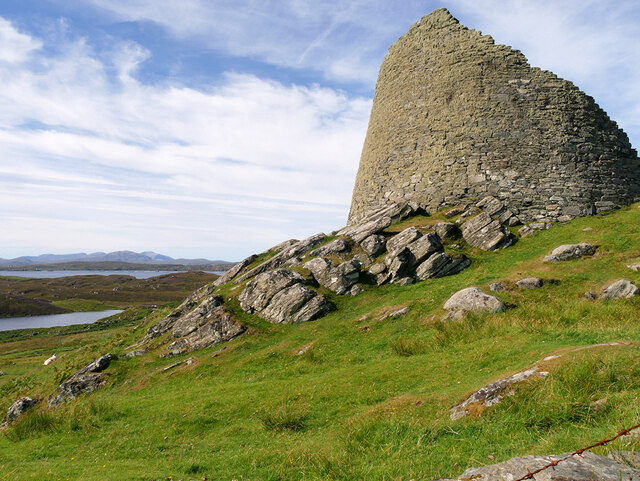
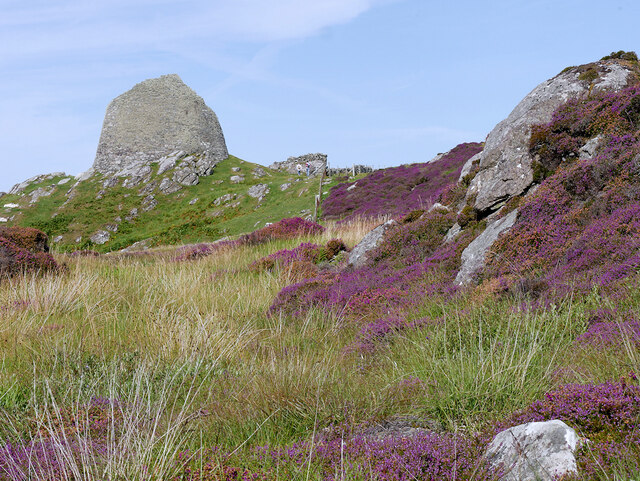
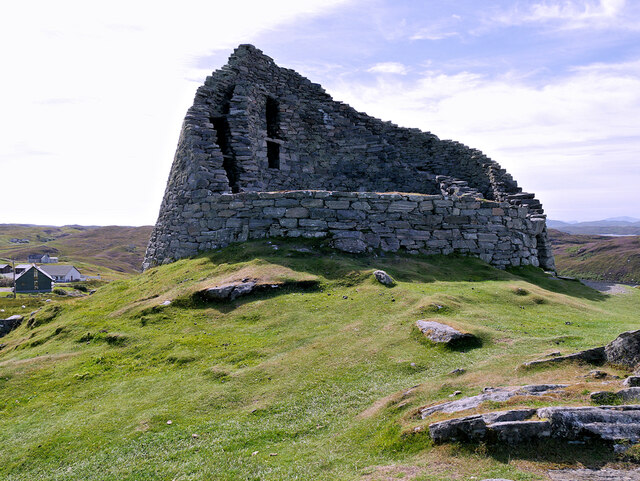
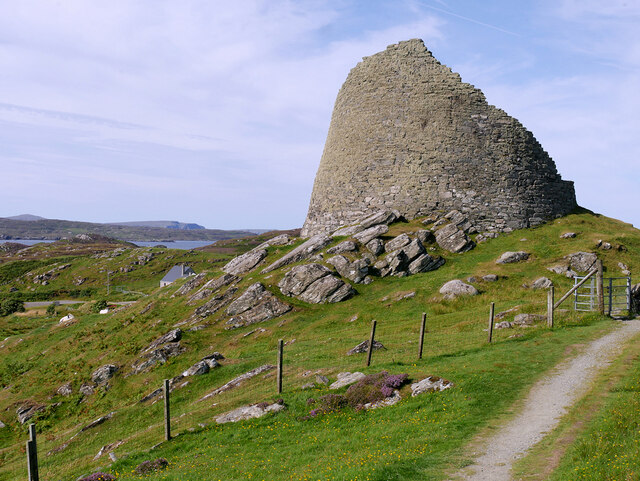
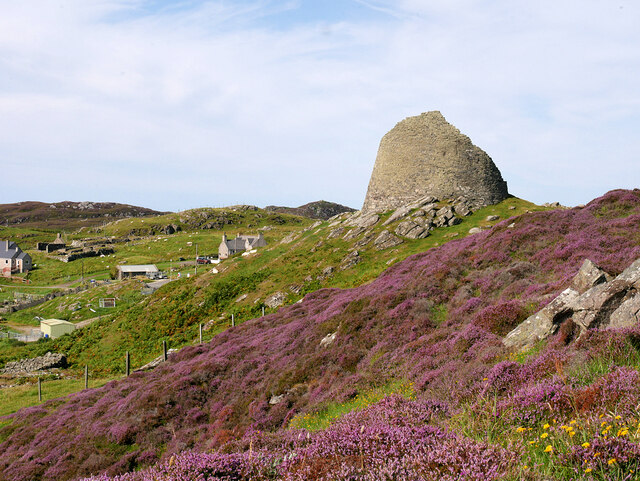
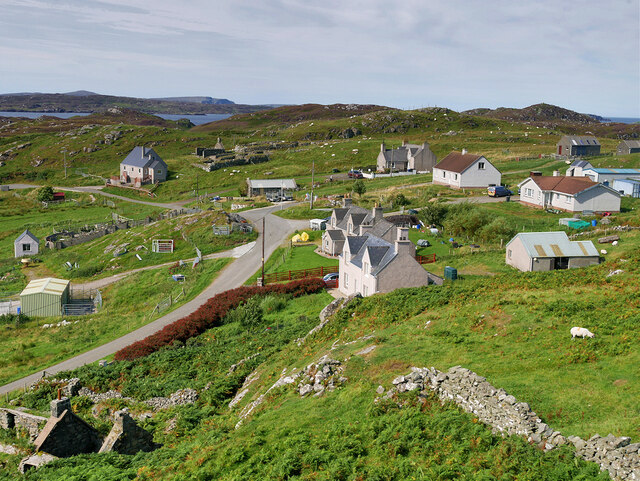
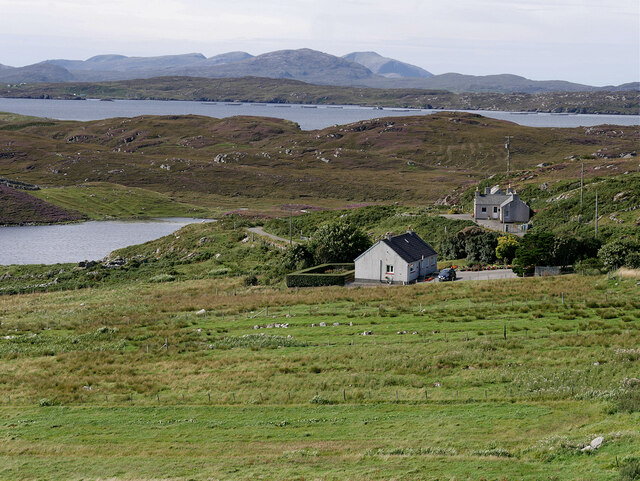
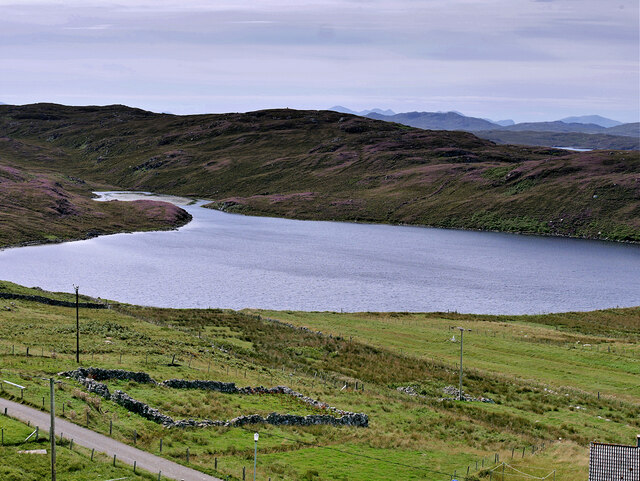
Gàusamir Bheag is located at Grid Ref: NB1840 (Lat: 58.262626, Lng: -6.8013739)
Unitary Authority: Na h-Eileanan an Iar
Police Authority: Highlands and Islands
What 3 Words
///pound.flying.describes. Near Carloway, Na h-Eileanan Siar
Nearby Locations
Related Wikis
Dun Carloway
Dun Carloway (Scottish Gaelic: Dùn Chàrlabhaigh) is a broch situated in the district of Carloway, on the west coast of the Isle of Lewis, Scotland (grid...
Borrowston, Lewis
Borrowston (Scottish Gaelic: Borghastan), with a population of about 50, is a crofting township situated on the Isle of Lewis, on the Outer Hebrides of...
Tolsta Chaolais
Tolsta Chaolais (also Tolastadh Chaolais, Tolstadh a' Chaolais) is a village on the Isle of Lewis, Scotland. It consists of about forty houses, clustered...
Carloway
Carloway (Scottish Gaelic: Càrlabhagh [ˈkʰaːɾɫ̪ə.ɤː]) is a crofting township and a district on the west coast of the Isle of Lewis, in the Outer Hebrides...
Nearby Amenities
Located within 500m of 58.262626,-6.8013739Have you been to Gàusamir Bheag?
Leave your review of Gàusamir Bheag below (or comments, questions and feedback).
